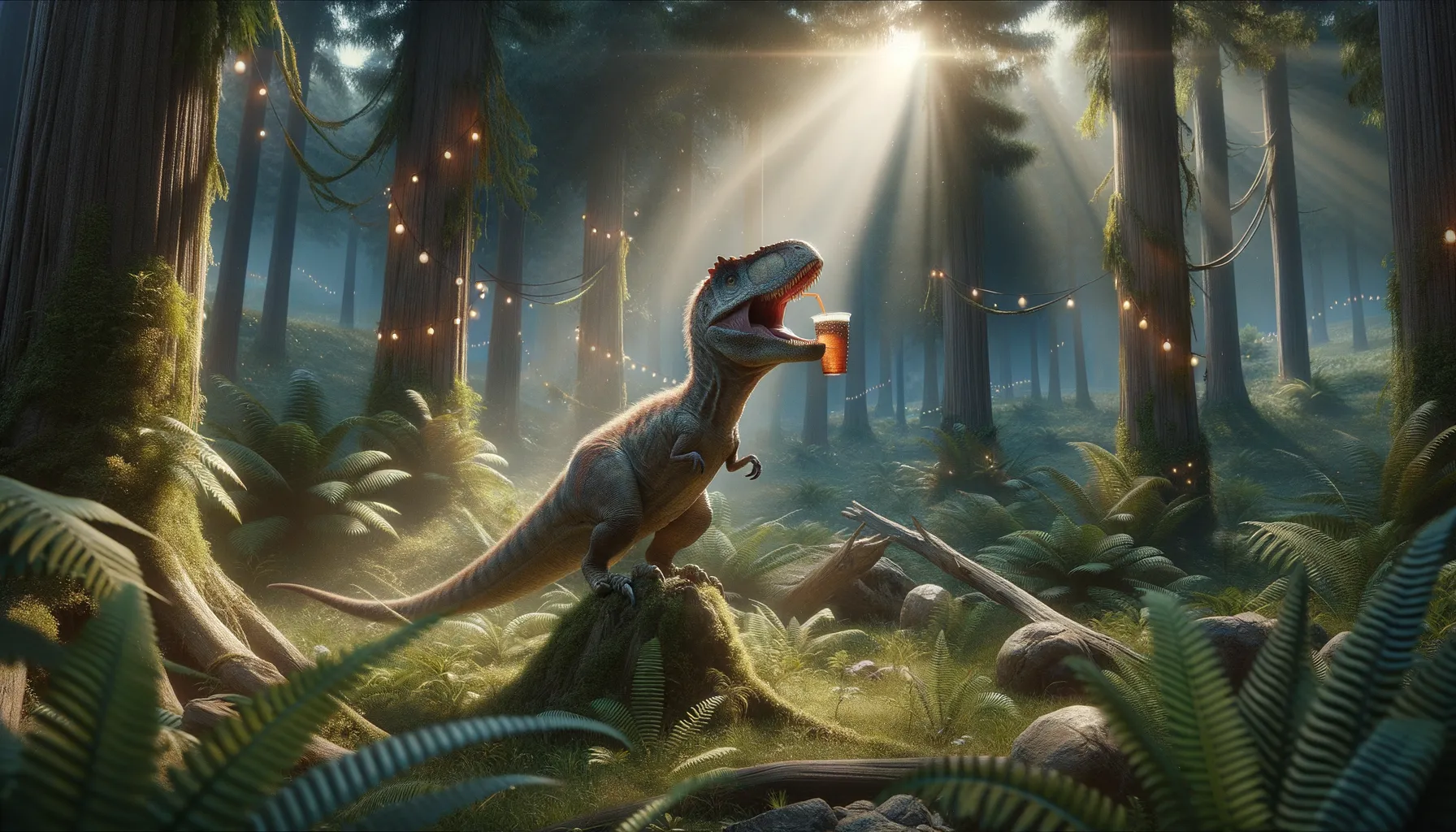
Drinker_nisti
Nimble navigator of Jurassic undergrowth.
Period
Jurassic
Length
Stretched out to around 2 meters in length.
Height
Approximately 1 meter tall at the hip.
Weight
Estimated to weigh about 50 kilograms.
Drinker_nisti was a small herbivorous dinosaur from the late Jurassic period. Known for its agility rather than speed, it utilized dense vegetation as cover to evade predators. With a modest size, it likely moved in small groups for protection. The discovery of this dinosaur in Wyoming highlighted its existence in the lush, prehistoric landscapes of North America. Despite its unassuming presence, Drinker played a vital role in the ecosystem as a primary consumer.
Diet
Drinker_nisti was herbivorous, feeding primarily on low-growing plants and ferns. Its diet may have included leaves, stems, and possibly seeds depending on the availability of vegetation.
Hunting
Being a plant eater, Drinker_nisti did not hunt other animals. Instead, it foraged among dense vegetation, where it could also shelter from predators.
Environmental challenges
During its time, Drinker_nisti faced the challenge of avoiding large apex predators of the Jurassic. The changing climates and periodic resource scarcity might have required it to adapt its foraging habits. Competition with other herbivores could have been another daily struggle, requiring agility and alertness in crowded habitats.
Speed
Drinker_nisti was relatively slow, relying on agility.
Lifespan
It likely lived around 20 to 30 years.
First discovery
First discovered in Wyoming in the late 20th century.
Fun Facts
- Drinker_nisti is named after Edward Drinker Cope, a famous 19th-century paleontologist who made significant contributions to the field.
- Drinker_nisti was a small dinosaur, roughly the size of a modern-day turkey, making it a lightweight on the prehistoric scene.
- This dinosaur lived during the Late Jurassic period, around 150 million years ago, a time when huge dinosaurs roamed the Earth.
- Despite its size, Drinker_nisti was a herbivore, meaning its diet consisted primarily of plants.
- Fossils of Drinker_nisti were discovered in Wyoming, USA, within the well-known Morrison Formation, a hotbed for Jurassic fossils.
- One of the unique features of Drinker_nisti was its long tail, which likely helped it maintain balance while moving quickly.
- Drinker_nisti's lightweight and small stature suggest it might have been quite agile, possibly dodging larger predators on the prehistoric landscape.
Growth and Development
Drinker_nisti likely hatched from eggs and would have been rather vulnerable in its early stages of life. It probably experienced rapid growth initially to reach maturity faster and increase its chances of survival. Adult Drinkers might have displayed some degree of parental care, though definitive fossil evidence of this is sparse.
Habitat
The Jurassic landscape it inhabited was rich in ferns, cycads, and conifers, providing ample food and cover. Drinker_nisti likely thrived in slightly humid areas, with plenty of ground cover vegetation. Its habitat supported a diverse ecosystem of both herbivorous and carnivorous dinosaurs.
Interaction with other species
Drinker_nisti coexisted with a range of other species, including both herbivores and carnivores. Its small size made it a potential target for predators, so it likely relied on stealth and speed to avoid them. Interactions with other herbivores probably involved competition for food resources.
Natural lifespan
Its natural lifespan was likely around 20 to 30 years in the wild.
Reproduction
Drinker_nisti reproduced by laying eggs, presumably in nests constructed or concealed within its habitat. Given its small size, clutch sizes may have varied, allowing some resilience against juvenile mortality. Hatchlings would have required immediate foraging abilities to survive.
Social behaviour
Drinker_nisti might have exhibited social behavior, potentially moving in small groups or family units. These groupings could provide increased vigilance and protection against predators. However, it may have also been solitary, depending on environmental pressures.
Fossil locations
Fossils of Drinker_nisti have primarily been found in Wyoming, providing insight into its habitat and distribution during the late Jurassic. The excavation sites have been crucial in piecing together its ecological role and interactions within its environment.
